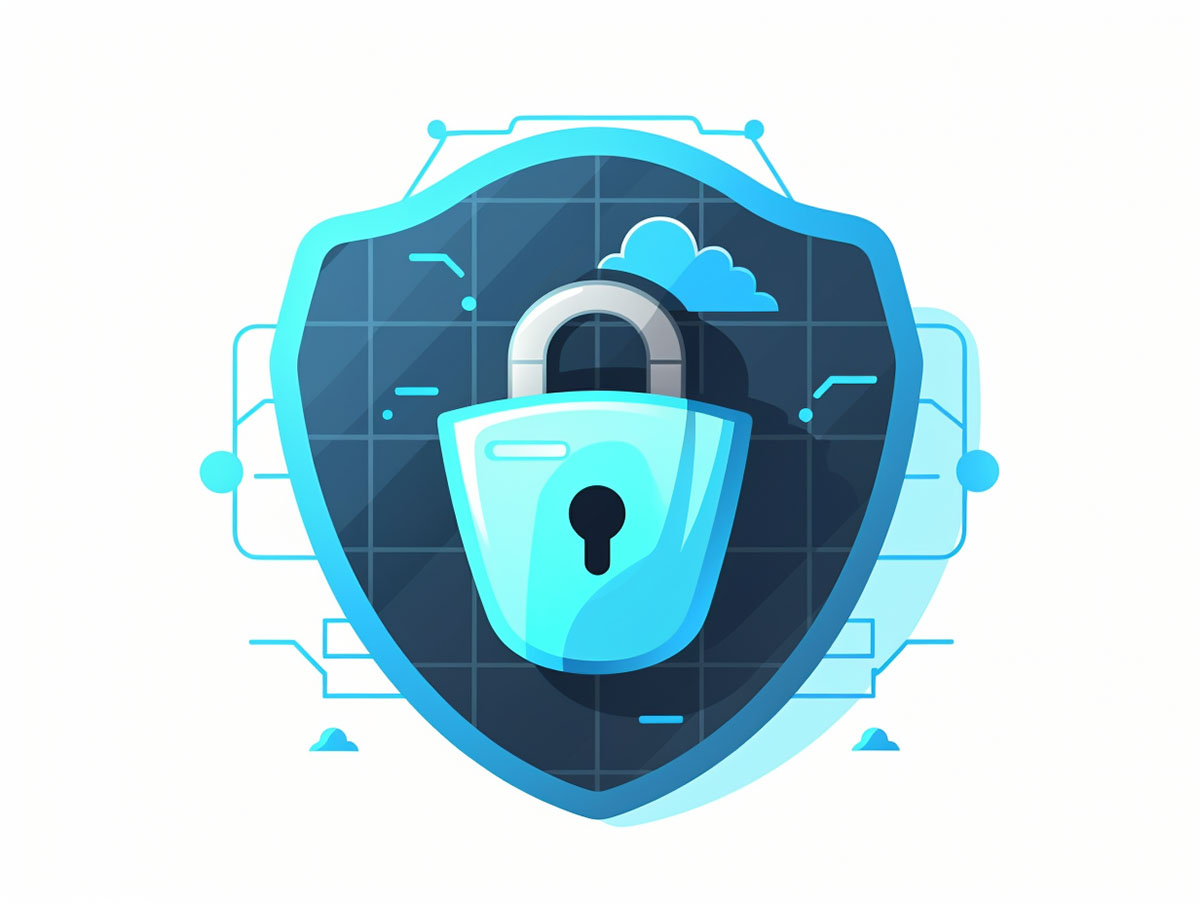Session hijacking refers to the act of taking over a user’s session in a computer network. In this unauthorized access, an attacker intercepts a session between two systems and continues for gains without the user’s knowledge. It’s like eavesdropping on a conversation and then posing as one of the participants. With this action, the attacker can access sensitive information, carry out transactions, and alter the course of the session.
Session Hijacking Examples
1. Email Session Hijacking
Imagine you’re at your favorite local coffee shop, sipping on a latte and browsing through your emails using the shop’s public WiFi network. Public networks are often unsecured, providing a lucrative opportunity for attackers looking to hijack sessions. An attacker on the same network could potentially tap into your network traffic and seize your session.

Stay One Step Ahead of Cyber Threats
The attacker, now pretending to be you, can access your emails freely. This means they could read your private conversations, potentially unveiling sensitive information like passwords, dates of birth, or even social security numbers. They could also decide to send emails as you, whether it’s to trick your contacts into handing over their own sensitive information or just to cause you embarrassment.
In this way, your seemingly innocent coffee shop internet browsing could lead to a damaging session hijacking scenario, exposing your personal information and allowing the attacker to utilize your email for malicious purposes.
2. Online Banking Session Hijacking
Consider this scenario: you’re logged into your online banking account conducting regular transactions or reviewing your statement. While you’re engaged in these activities, a malicious entity on the internet successfully infiltrates your session without your knowledge.
The attacker can now access your account as if they were you. They could potentially alter your account details, make unauthorized transactions, or adjust your settings without your consent. Depending on the level of control the attacker obtains, they might even be able to reset your password, effectively locking you out of your own account.
This example of session hijacking illustrates the type of harms an individual can experience when their online banking session is hijacked. The effects can be devastating, possibly leading to significant financial loss, stress, and immense time spent recovering from the damage.
3. Social Media Session Hijacking
Consider a scenario where you’re actively engaging with friends and family on a popular social networking site like Facebook or Instagram. In the middle of your activity, a session hijacker finds a way to intercept your session and take command of your activities on the platform.
Now, the hijacker, impersonating you, can post and interact with other users under your name. They can post inappropriate content or send harmful messages to your contacts. This could damage your reputation and relationships, especially if the content is highly offensive or inappropriate.
This example illustrates how session hijacking can potentially wreak havoc on an individual’s online social life. Once a social media account is compromised, regaining control and managing the fallout can be a challenging and time-consuming ordeal.
Conclusion
In summary, session hijacking poses a significant security threat across various online platforms – from email and banking to social media. It’s crucial to understand the dynamics of these attacks and to adopt preventive measures to safeguard our online presence and protect sensitive data.
Key Takeaways
- Session hijacking refers to the unauthorized interception of a user’s session on a network.
- Attackers can use session hijacking to access sensitive information, make unauthorized transactions, and alter user settings.
- Common settings for session hijacking include email use on public WiFi, online banking, and social media use.
- Session hijacking poses a major security threat and can lead to significant personal and financial harm.
- Understanding how session hijacking works is the first step in adopting preventive measures to safeguard online presence.
Related Questions
1. How can individuals protect themselves from session hijacking?
Individuals can protect themselves by keeping their software updated, using encryption protocols like HTTPS, staying clear of unsecured Wi-Fi networks and keeping their login credentials secure.
2. Are some devices more vulnerable to session hijacking?
All devices are potentially vulnerable, but those using outdated software or those connected to unsecured networks may be more prone to attacks.
3. Can a session hijacker gain full control over the victim’s device?
Session hijacking doesn’t typically result in full system control. Instead, it allows a hijacker to view and potentially manipulate specific activity during an ongoing session.
4. Is session hijacking a form of hacking?
Yes, session hijacking is indeed a form of hacking. It’s a method used to infiltrate an ongoing session for unauthorized access or control.
5. Besides public Wi-Fi, where else can session hijacking occur?
Session hijacking can occur on any network – public or private. It can happen anywhere data is being transmitted between a user and a website without proper security measures.
"Amateurs hack systems, professionals hack people."
-- Bruce Schneier, a renown computer security professional






